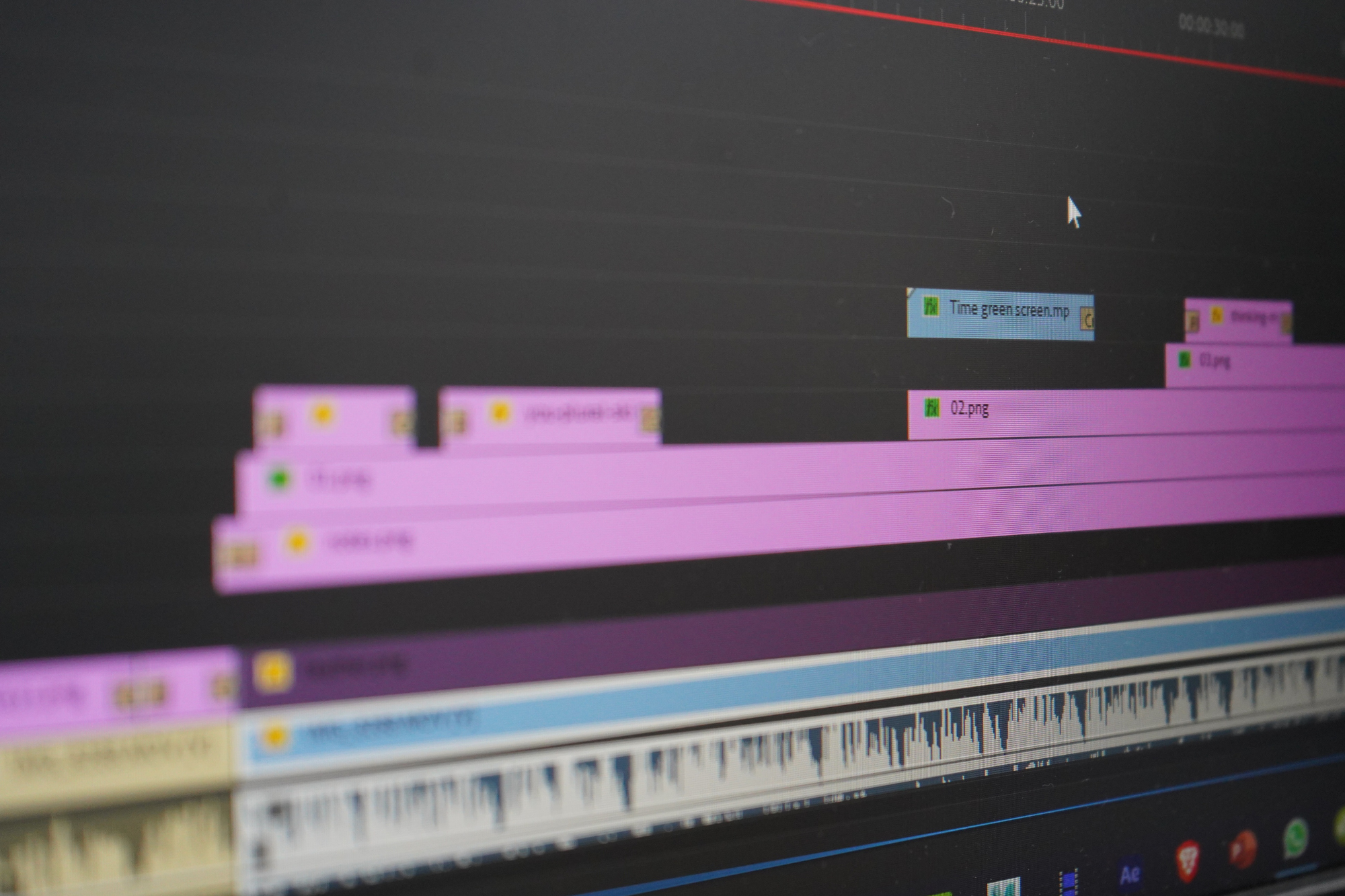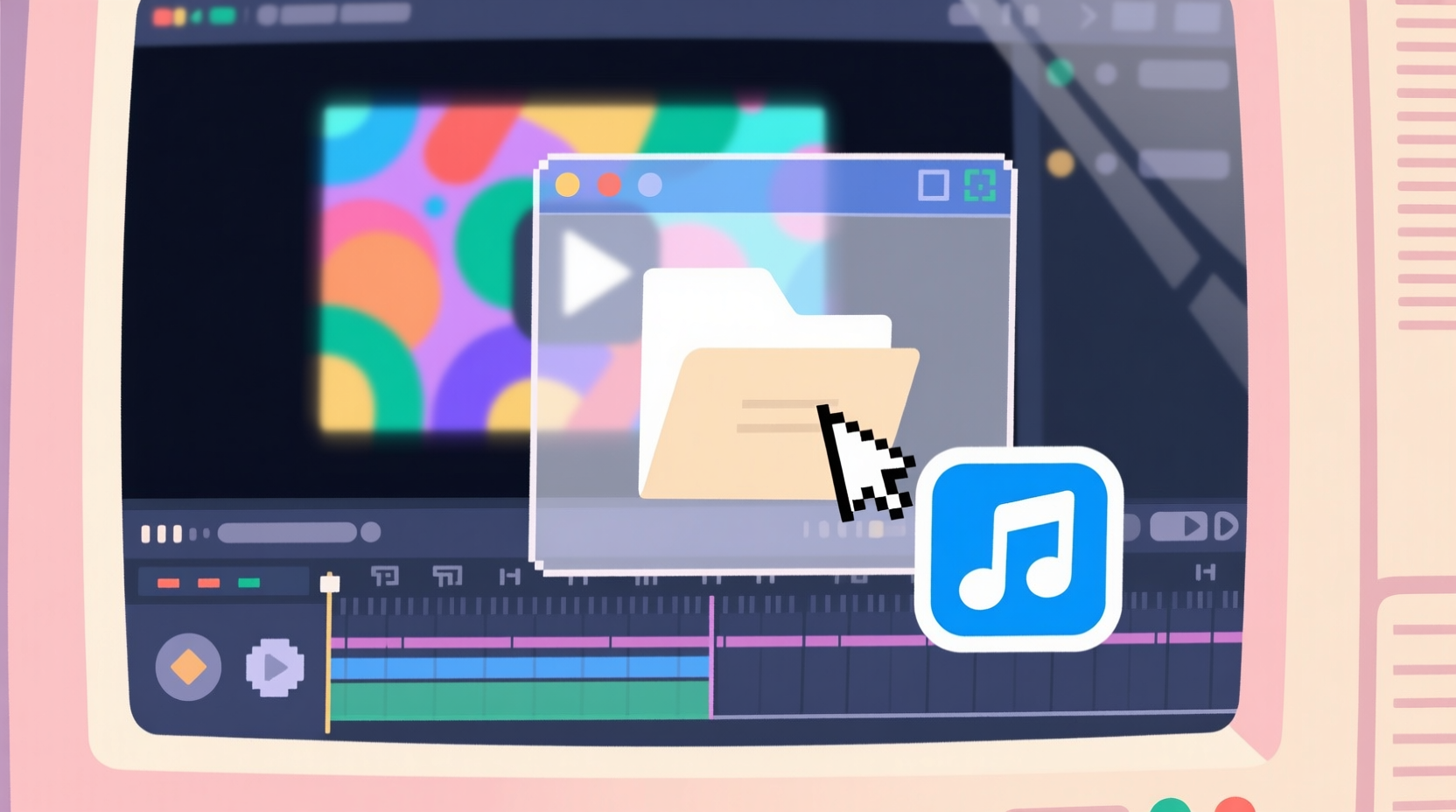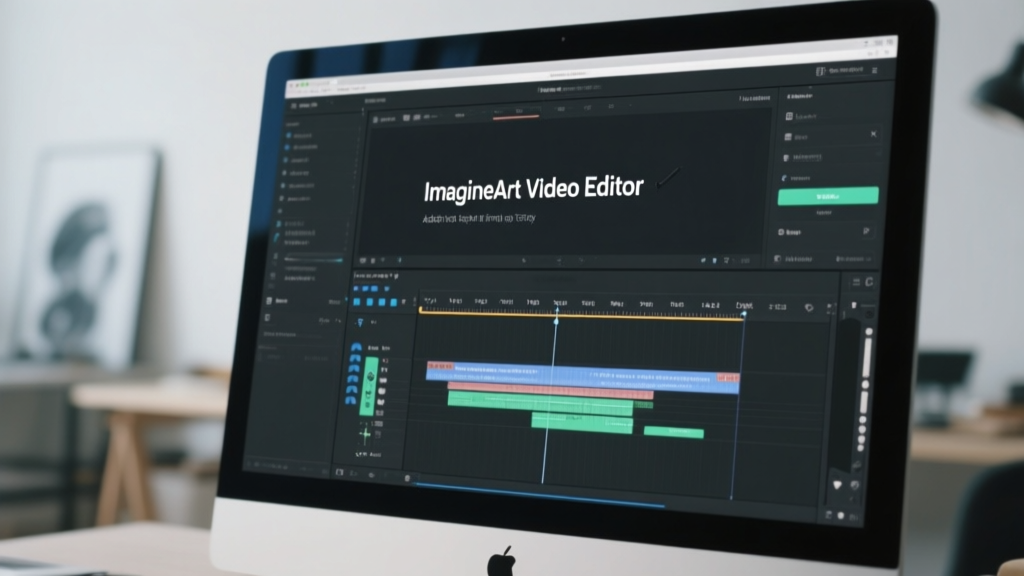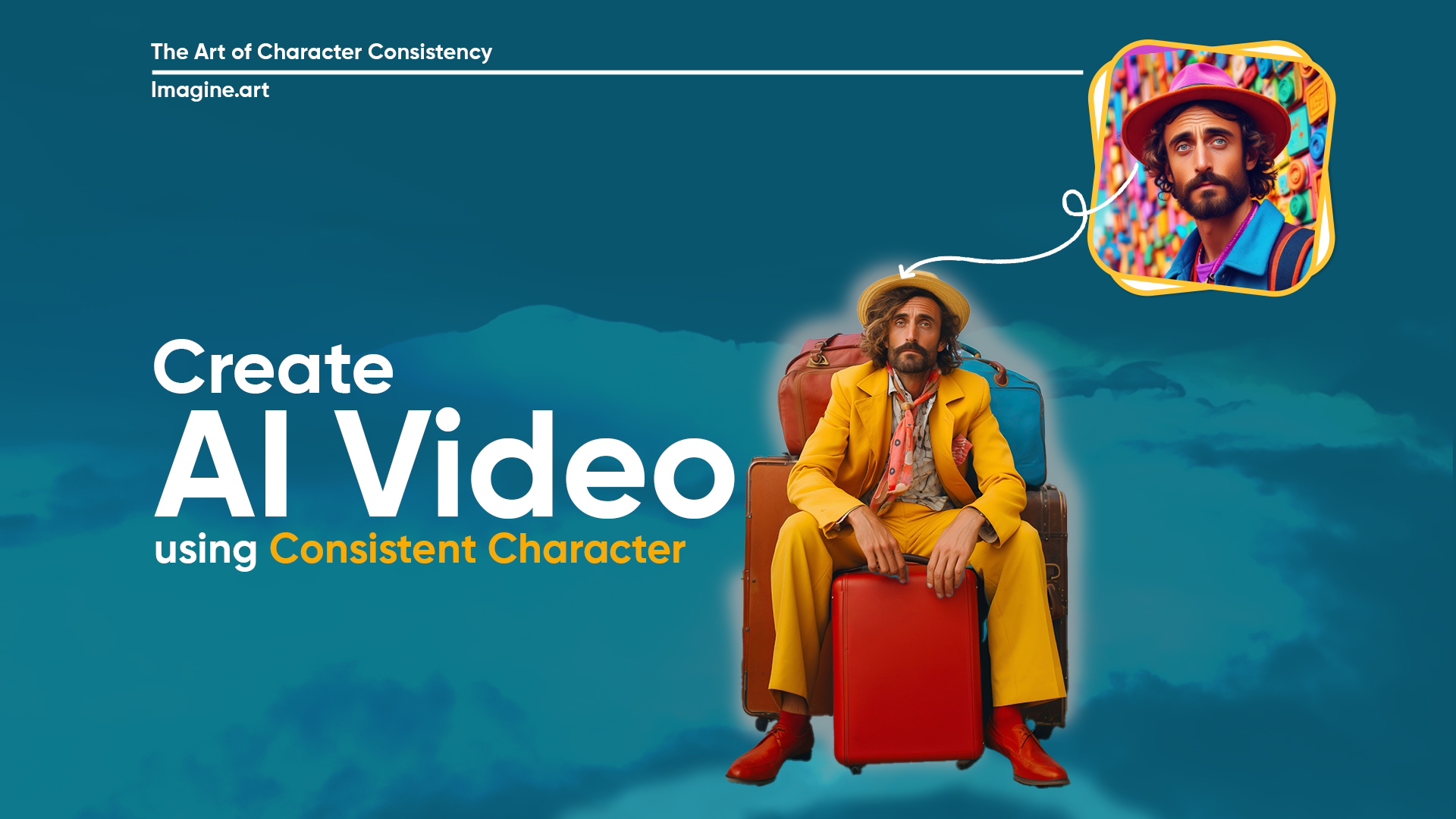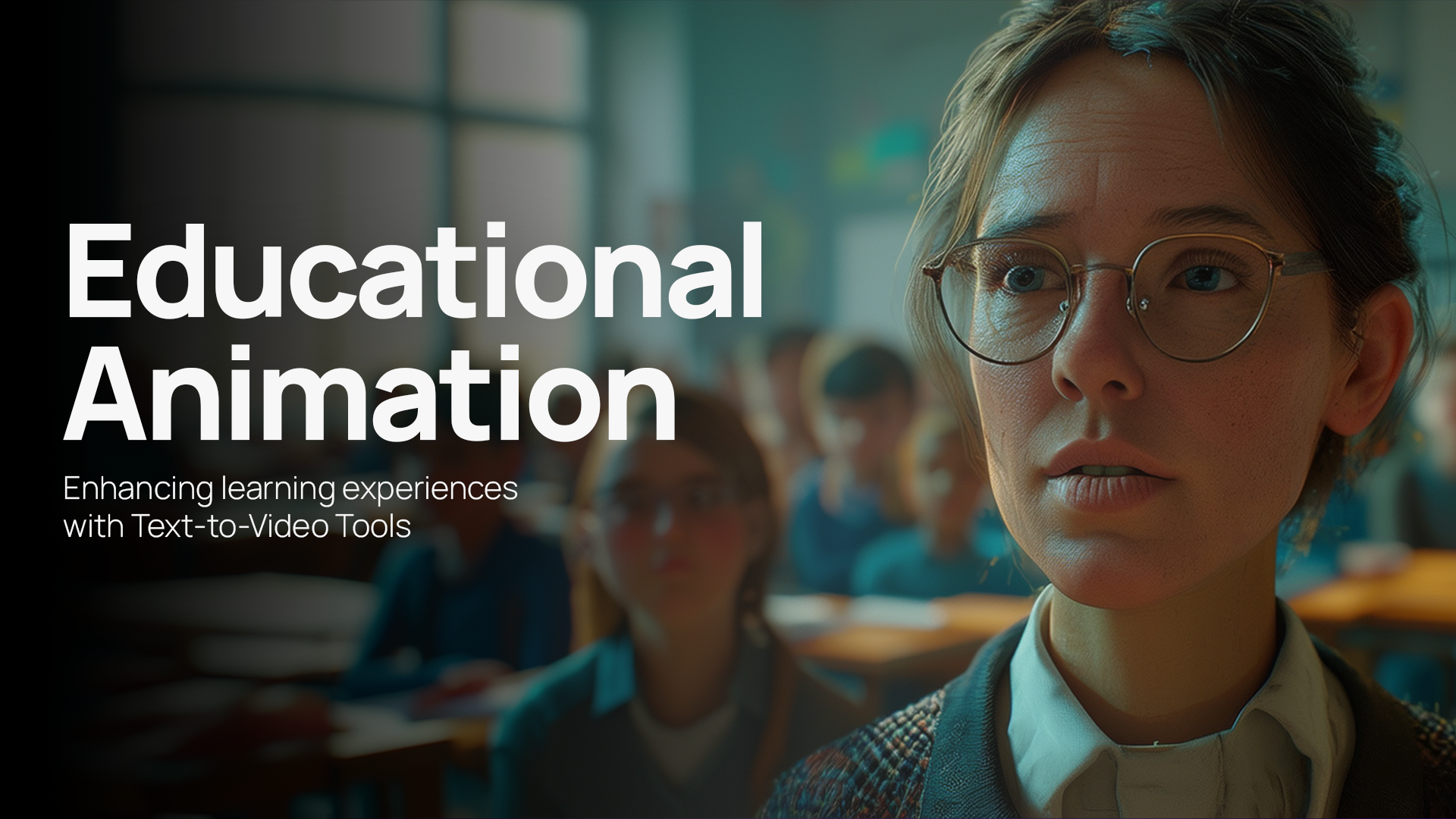

Tooba Siddiqui
Thu Sep 04 2025
11 mins Read
A great editing job distinguishes a good video from a great one. As attention span becomes shorter, video content plays a vital role in capturing and holding the audience’s attention. With video content becoming indispensable to content creation and marketing, video editing gains significance as a crucial differentiator. The video editing process lets you refine the raw footage and convert it into a well-crafted narrative. This post-production and shooting process might be time-consuming, but it is when your ideas come to life.
This blog breaks down the must-know video editing tips and tricks sans the technical criticalities and challenges. We will cover practical techniques and key elements you must have for a worth-watching video.
Preparing for Video Editing
Basics of Video Editing:
The multitude of tools, options, and software available can make the whole video editing process a bit overwhelming for someone who is new to it. The key to composing a high-quality video is to stick to the basic principles:
- Find out and assemble all the required shots and footage.
- Trim and cut whatever is unnecessary.
- Make the video flow naturally and scenes smoothly.
- Add the text, audio, and music elements and sync them with visuals.
- Run and re-run to fine-tune the quality and narrative.
Planning and recording:
In reality, the video editing process depends greatly on your ideation. Strategize and think ahead about what your final video will look like before you start shooting or composing. Jot down all the crucial shots, outline the scenes and transitions, and capture extra footage as coverage, so you don’t run out of shots and scenes.
Organize your shots and capture extra scenes so that you have sufficient room to trim, split, or cut while editing. If your video needs to be recorded at different locations, record and save the room tone (the background sound of any location or even the silent sounds) of every location to fill in audio gaps for smoother transitions while editing.
Video Editing Tips for Beginners and Professionals
There’s no one-solution-fits-all approach for video editing process. Whatever approach you adapt will determine your workflow and creative style you’ll use. Here are a few fundamental and practical tips to fine-tune the video editing process:
1. Organize Footage:
A disorganized editor will always find the video editing process more daunting than it already is. To avoid frustrating yourself with the process, keep your assets in different subfolders in one location for quick and easy access. Name the project folder and assets subfolders clearly. This helps you save time while piecing together your video content.
2. Shot and Clip Selection:
A good editor is capable of making tough choices. If a shot is an awkward fit in the video, trim or cut it. The goal is to create interesting video content, not a compilation of favorite shots or clips — no matter how difficult it was to capture that shot. Add shots that add to the overall context. Close-up scenes might add to visual quality, but omit the context. Add broader views and zoomed-out scenes to give the viewers an idea of the environment and settings.

3. Include Transitions:
The focus of video editing should be to keep the flow of the story smooth. Avoid adding flashy effects as they can distract the viewers from the main message of the video. Use subtle transitions such as wipe, fade, and dissolve to maintain the focus. Avoid unnecessary and overuse of transitions and effects.
4. Manage Video Pacing:
The pace of your video determines the rhythm of the scene and tone of the overall content. Fast pace creates suspense, excitement, and thrill. Slow pacing sets a more calming and relaxing tone. For fast-paced scenes, apply quick ad more cuts. For slow-paced scenes, utilize longer clips and shots.
5. Color Scheme Selection:
Color scheme and grading help you set the desired effect and feel of the video. Many tools come with built-in correction tools that help you set color and contrast. A well-selected color scheme can give your video a cinematic feel and balance the lighting and brightness of the content.
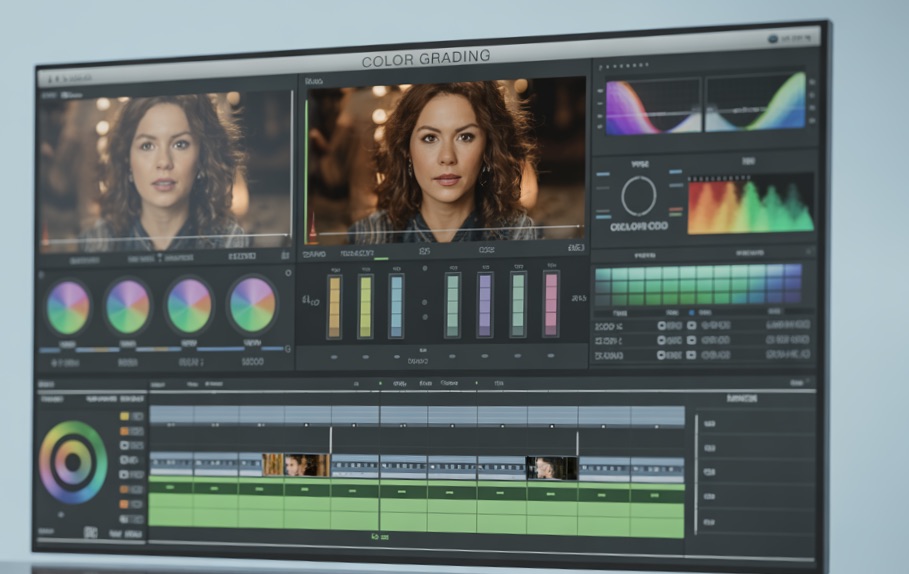
6. Audio & Music Quality:
Videos with no sound have an actual audience base, but videos with poor-quality sound can drive away the audience regardless of high-quality visuals. Add different cuts to balance the audio, visuals, and dialogues. Make sure the sound effect or background music doesn’t overpower the dialogue. Audio and dialogue clarity can help you maintain the audience’s attention.
For music selection, make sure your track aligns with the mood and tone of the video content. Your music or soundtrack should be of high quality to give your video a professional feel. Balance the volume levels to give your video a harmonious sound.
If your video requires voiceover, make sure the audio is perfectly clear and free from distractions and distortion. Remove the unintentional hesitations for a clearer quality. Use a high-quality microphone to record the voiceover and sync it with other video elements.
Learn how to add music to a video on ImagineArt blog.
7. Add Text Elements:
Subtitles, captions, and annotations make your video content accessible to all. With social media content on the rise, most viewers watch videos on mute, and adding subtitles gives you an edge. Adding annotations helps drive or focus the viewer’s attention to the important parts and details included in the content.
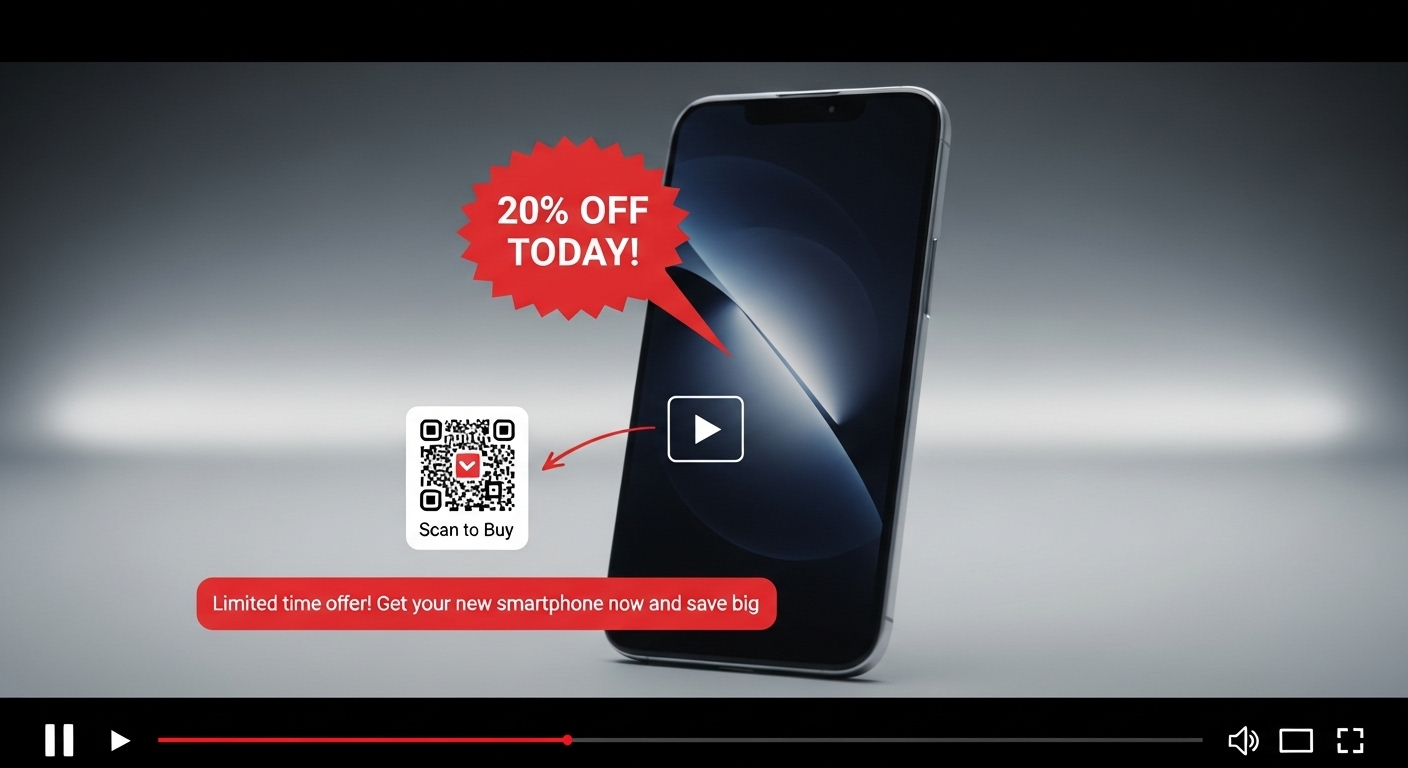
Learn how to add text to a video on ImagineArt blog.
8. Backgrounds:
Backgrounds make and break the overall visual quality. If the background is weird, blurry, or pixelated, consider removing it for the sake of visual appeal. However, without background your character or subject might look like it is floating in the middle of the screen. To avoid such a case, consider using a dynamic background without needing to copy and paste the background image again and again. Simply, stretch the dynamic background to fit the extent of your video.
Learn how to add background to a video on ImagineArt blog.
9. Add Logos (optional):
If your video content is for branding purposes, make sure to add your brand logo. Incorporating a high-quality visual brand identity helps you build credibility and trust. Make sure your brand logo is visible but doesn’t overlap any other element. Resize it to appropriate dimensions so that it doesn’t distract the viewers from the video’s content. You can add your logo to one of the bottom or upper corners of the video.
Learn how to add logo to a video on ImagineArt blog.
10. Remove Breathing and Noises:
Loud mouth noises and breathing might work in ASMR videos. For any other type of video content, consider muting or trimming out parts of scenes with distracting breathing and mouth noises. However, avoid cutting out those sounds if it is a requirement of the scene.
11. B-roll Footage:
B-roll footage consists of all the actions and scenes that couldn’t make the final cut. Most of the shots in B-roll footage don’t have principal subjects or scenes. Using B-roll can help add a contextual layer to your video. However, make sure the selected B-roll flows and complements well with the overall video. Use a strategic approach to add B-roll footage in your video; overusing it can create distractions and impact the narrative.
12. Keyframing and Masking:
These are more advanced video editing tactics. Keyframing lets you animate elements and make motion graphics, effects, and transitions. Masking allows you to make finer adjustments to individual shots, text elements, and clips.
Video Editing Tips for Social Media Platforms
The video content on social media platforms is slightly different from conventional formats. Each platform has a different set of video content requirements and audience. To ensure your video content gathers more attention, you must optimize your video content for each platform:
TikTok Video Editing Tips:
TikTok drives most of the social media trends, hashtags, and video content traffic and virality:
- Music and audio effects: The platform offers an infinite collection of songs and music tracks. Most of the viral videos on TikTok caught attention because of the music trends. Make sure to use the current trending music or sound effect in your TikTok video to increase the chances of your virality.
- Text and creative overlays: Adding text in your TikTok video can help the viewers focus on key points, add clarity to your message, and give your video global reach. Use appropriate text and overlays to maximize the visual appeal and impact.
- Concise and direct: TikTok allows for short-format videos. Since you have a few seconds to deliver your message, make sure your video is free of fluff and fillers. Use immediate cuts and fast transitions to keep your video short and dynamic.
Learn how to make TikTok videos on ImagineArt blog.
Instagram Reels Video Editing Tips:
Next to TikTok are Instagram Reels, with 2 billion monthly active users scrolling and posting content every day:
- Interactive elements: Instagram Reels allow you to add interactive elements such as polls, quizzes, stickers, emojis, and question boxes, which promote direct viewer interaction. Make sure to add a few interactive elements in your video content to engage with the audience.
- Video speed: The platform lets you experiment with the pacing and speed of your video. You can add a slow-motion effect or speed up certain parts for a dramatic touch. Use different speed effects to gauge what type of content your audience prefers and consumes.
- Visual appeal: Instagram is known as a platform for uploading high-quality visuals. Make sure your video visuals are aesthetically pleasing with near-perfect lighting, filters, and effects. Give your visuals a final look-over before uploading your content on Instagram.
Learn how to make Instagram Reels on ImagineArt blog.
YouTube Shorts Video Editing Tips:
As a competitive response to TikTok, YouTube released its own short-format video feature, with billions of daily views and engagement:
- Video orientation: YouTube Shorts allows videos of all sizes and aspect ratios, but it is recommended to use a 9:16 aspect ratio for better engagement and more views.
- Strong hook: YouTube tracks watch time and attention retention, which makes a compelling hook a must-have. The initial seconds of your video must capture the attention and rivet it till the end. You add a teaser, a quick reveal, or an intriguing question at the start of your video.
- Sound optimization: A poor-quality or unsynchronized sound can cause viewers to scroll past your video. Check your sound quality and clarity, and make sure it is in sync with the visuals.
Learn how to make YouTube Shorts on ImagineArt blog
Video Editing Workflow Tips
As a video editor, the task at hand is often challenging and usually comes with a tighter deadline. A streamlined workflow allows you to tackle and finish projects efficiently and on time, without compromising the quality.
- Most editing tools and software come with custom templates and presets that can help you save time on repeated tasks, including intro and outro sequences.
- In case the project requires various videos, apply batch editing and set the settings for different shots and clips. This can help you save extra efforts on each clip and speed up the whole process.
- Organization is crucial for every video editor. Keep your assets, clips, and visuals in separate folders with well-defined names. This can help you locate assets and clips while working on video compilation.
- Learn some keyboard shortcuts while using editing software to improve efficiency. This can help you focus better on the editing task.
Imagine Art Video Editor: A Comprehensive Video Editing Platform
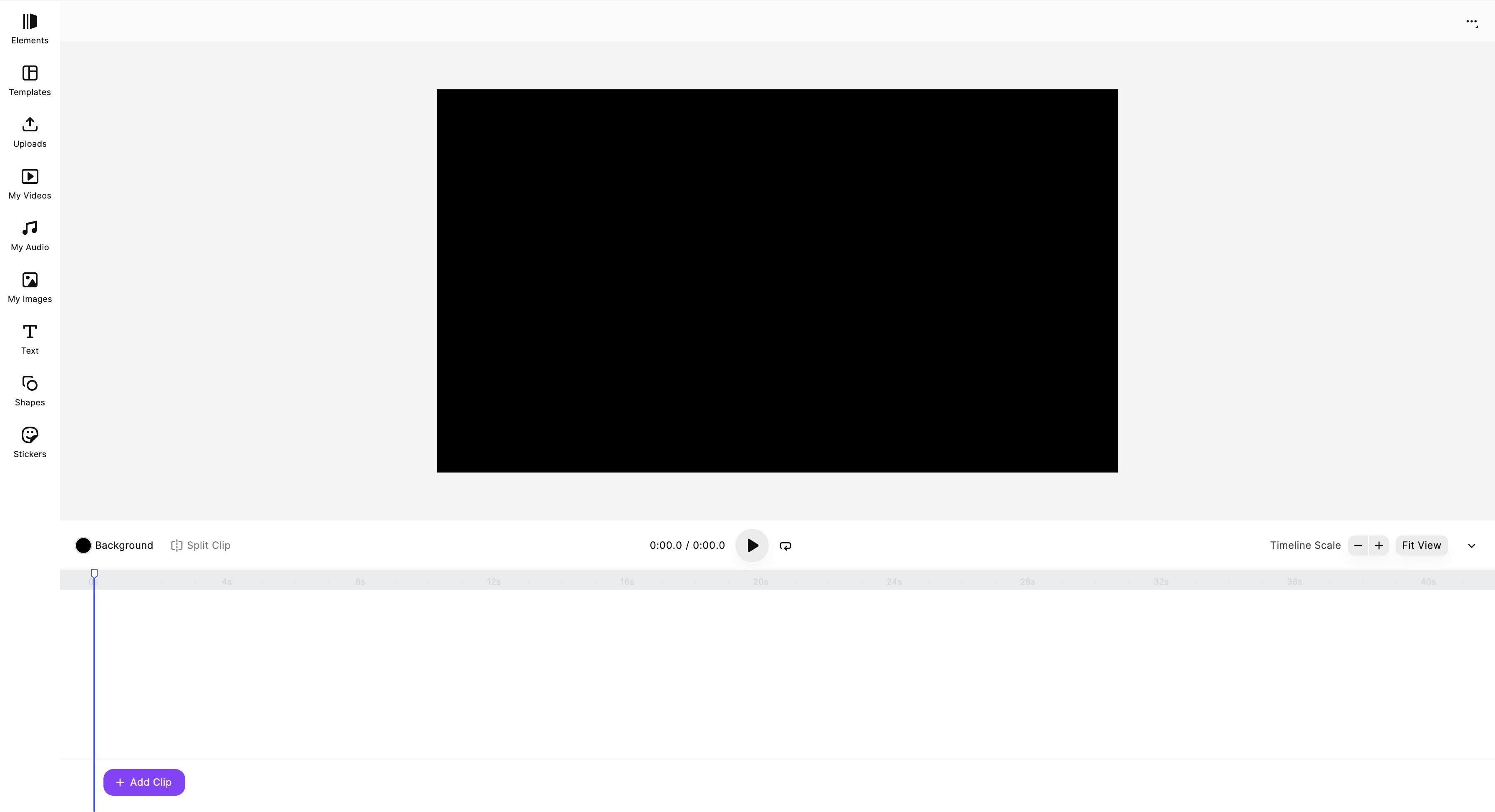 ImagineArt Video Editor dashboard
ImagineArt Video Editor dashboard
ImagineArt AI video generator comes with a video editor and offers you an intuitive and user-friendly interface to make quick edits. The drag-and-drop feature makes the editing process simpler, with various image, text, and audio adjustment features. Here’s a quick guide to get started:
- Import video:
In ImagineArt Video Editor, go to uploads and import your video
- Import images:
Go to the image uploads on the side panel to import images and logos. Adjust the brightness and lighting of your visuals and add effects and filters if necessary.
- Import audio & music:
On the side panel, go to audio uploads and upload the audio files.
- Video size:
Click the three dots on the right-hand corner and navigate to ‘show inspector.’ Select the right size for your video.
- Trim and cut:
Once you have your video and assets, drag and drop them on the timeline and cut out the unnecessary parts from your video
- Synchronize visuals and audio:
Drag-and-drop the audio assets on the timeline and adjust the length of music, sound effect, or voiceover accordingly.
- Add text:
Using the text tool, add captions, subtitles, and annotations, and position the text element on the timeline accordingly.
- Preview:
Review the position and quality of each element before finalizing the video content.
- Export:
Download your video in your preferred format.
Learn the complete approach to edit mp4 videos on ImagineArt blog.
Common Video Editing Missteps to Avoid
Here are a few video editing pitfalls one must be careful about:
- Excessive transitions: Adding transitions require a careful approach. Too much of it can create distractions, and too little of it can disrupt the flow. Plan your transitions and use simple transitions for a smoother viewing experience.
- Neglecting sound: The sound quality impacts the overall experience. Poor-quality audio can flatten the otherwise great video content. Balance your audio and ensure audio clarity.
- Complicating the edit: Adding too many filters and effects can create distractions and reduce the video quality. Keep your filter and effects subtle.
- Ignoring the platform: All video-sharing platforms have their own guidelines and video content requirements. Make sure to review those and stick to them to create a platform-optimized video.
Final Thoughts
Video editing is a crucial process, given the emerging trends and content consumption preferences of today’s audience. Understand the basics, experiment with different techniques, and try different tools. ImagineArt Video Editor lets you explore the key features of video editing while allowing you to generate professional-quality video.
You can also check out more features of ImagineArt Video Editor!

Tooba Siddiqui
Tooba Siddiqui is a content marketer with a strong focus on AI trends and product innovation. She explores generative AI with a keen eye. At ImagineArt, she develops marketing content that translates cutting-edge innovation into engaging, search-driven narratives for the right audience.

